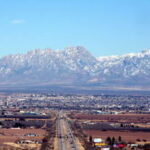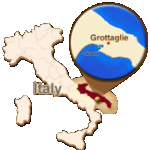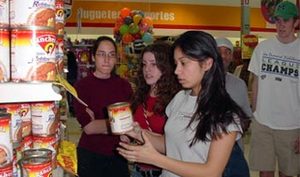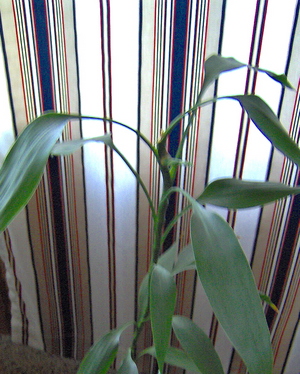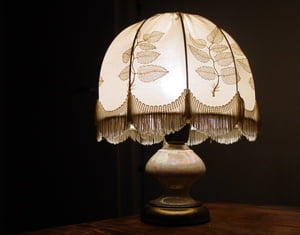From the Olmecs, the Teotihuacans, the Aztecs, the Mixtecs, the Casas Grandes culture, and Mimbres culture to modern day Mexicans, pottery has been a predominate influence in the lives of all Mexicans of all times. Each culture or region had its own stylistic methods with which they produced the pottery that so richly represented their equally rich heritage. Archeological research has uncovered some of the methods used in each culture’s approach to its interpretation of the craft.
Ancient methods used then, in the various time periods of the multiple ancient cultures, can still be seen today in some of the potters in different regions of modern-day Mexico. It is an amazing thing, speaking highly of ancient traditions in the instruction and preservation of artistic methodology, that the art-how it was done then and how it is done today-survived the ages when language and indigenous religion in some cases did not.
I was excited to see Tonalá (video link) and the art produced in that area of Mexico. After living in Guanajuato for more than four years, I was somewhat familiar with the style of pottery in this area; a style that is different from the region of Mexico I was heading to. The Spanish’s arrival in Mexico brought a synchronistic blending of influences on the indigenous ceramics. This would end up producing a style of pottery that is very dominant in central Mexico, where I live.
The Arabic-Andalusian tradition, from ninth-century Spain, a style derived from the five-hundred-year Moorish influence, produced something called the “majolica.” The majolica or Talavera hailed from Talavera de la Reina, Spain and it was perhaps in the 16th-century when the style came to Mexico. Today’s Talavera is produced in Puebla. This is a direct descendant of the original Spanish Talavera. In Dolores Hidalgo, Guanajuato, and San Miguel de Allende, you can see derivatives of Talavera ceramics.
It is this Mexican pottery with which I was familiar. I knew nothing of the art in the region of Mexico that would teach me about an altogether different ceramic style.
I fell immediately in love with Tonalá. The size of the city, the nicely dressed and mannered locals, the superb restaurants and hotels, and the sophistication of uber-friendly locals-most spoke English-impressed me. A local tourist policeman became our unofficial guide and history instructor while we were there. Did I say I was impressed?
In an area of 46.17 square miles and right next to the second largest city in Mexico, Guadalajara, sits a city devoted to arts and crafts. It has an artistic population, according to a two-year-old census, of about 400,000 people. Now, of course, not everyone without exception in the city is an artist. However, even from a casual stroll through the town, in and out of side streets, you would have the subjective interpretation that it is pretty close to the truth. It is a city of artistic flare to the max.
On Thursday’s and Sunday’s, an overnight transformation takes place. On Wednesday and Saturday, you wander through the streets enjoying the small-town life of Tonalá, marveling at all the interesting shops, studios, and workshops. Then, when you amble to you hotel for the night, you expect the next day to be more of the same. However, when you wake up the next morning, you see a sea of kiosks-a giant street market full of some of the most magnificent things at prices that, frankly, I was shocked were so reasonable. There is a mile or more of things to palaver and linger over well into the day.
Not only does today’s Tonalá have deep and abiding ties to the production and sale of intricately designed pottery, it also has had ties far into pre-Hispanic times. Tonalá truly is The City of Ceramics. When the Spanish began arriving around 1530, they were amazed at the sight of almost every household engaged in pottery making using styles from the Cocas and Tecuexes traditions that hailed from the Toltecs. Each family had set up what we would call a workshop or studio where pottery was made in the image of their gods. Tonalá, and the neighboring city, Tlaquepaque (this area may have had the identical history), have been centers ever since for the making of beautiful ceramics that attract buyers at least three times a year from all over the world. Though you can find buyers all year-round looking for pieces, our new Tourist Police friend told us there are buying sprees several times a year in which the town is packed.
Our police pal told us of a shop that houses a family of artisans who have been making artistic ceramics for the past 200 years. He went on to say that you can place special orders with this family for a multiple-piece dinner setting. The family will make it a project that will be worked on exclusively for hours per day and six days a week until completed. The design will be your choice and will, so we are told, not be replicated again for anyone else. This small shop, Galería Bernabe is at Hidalgo #83 and is open Monday – Sunday. They are the founders of the petatillo double-firing method ceramics. Some of the pieces have a bit of an oriental flare, which I found fascinating. Check out his website (a very impressive site) for viewing pictures and information. You can access an English link. [Sources]
The differing styles of pottery making represented in Tonalá are varied. The method in which they polish the piece with mineral pyrite, creating a shiny and suave presentation is called the bruñido or burnished style. The other stylistic representations are bandera clay, petatillo clay and canelo clay. The petatillo style is where complex animal and plant designs are used, giving an impression of fine pottery from China. The pieces were a, dare I say it, charming and even breathtaking collection of vases, pitchers, plates and bowls to complete table settings. And, as I said, they will create an exclusive design for you and work nonstop until it is completed. What I totally adored about this petatillo style was there was crisscrossing patch or a net pattern in the background of each piece.
I felt my eyes ache just at the thought of the visual acuity it took to perform this marvelous work of art.


